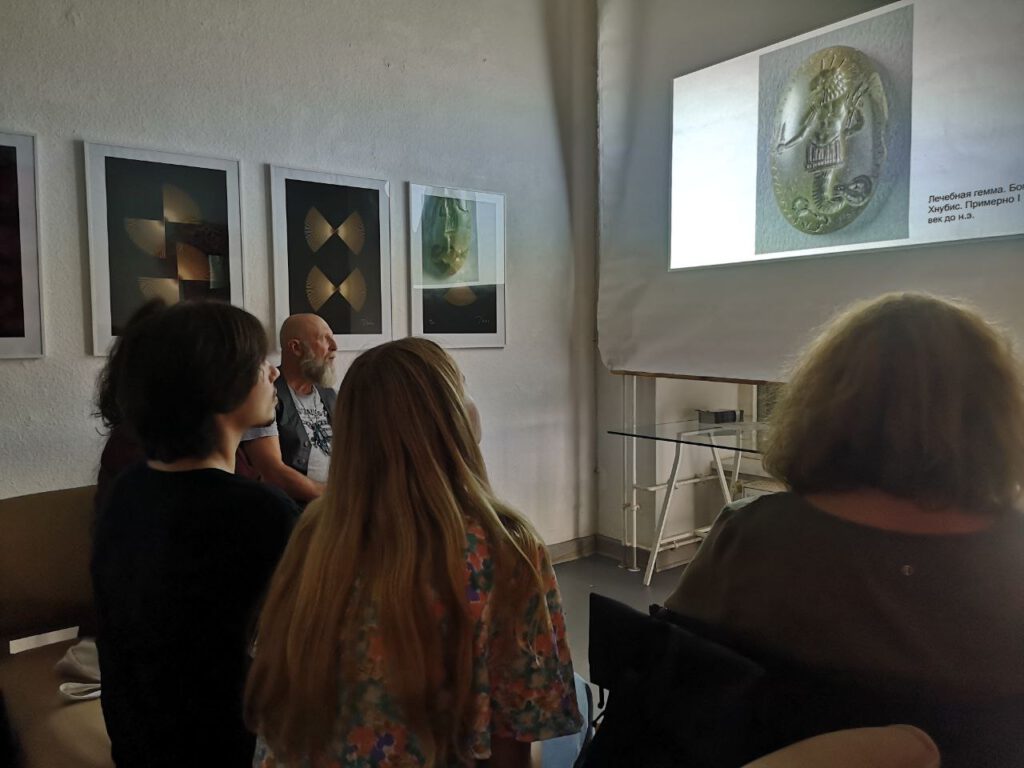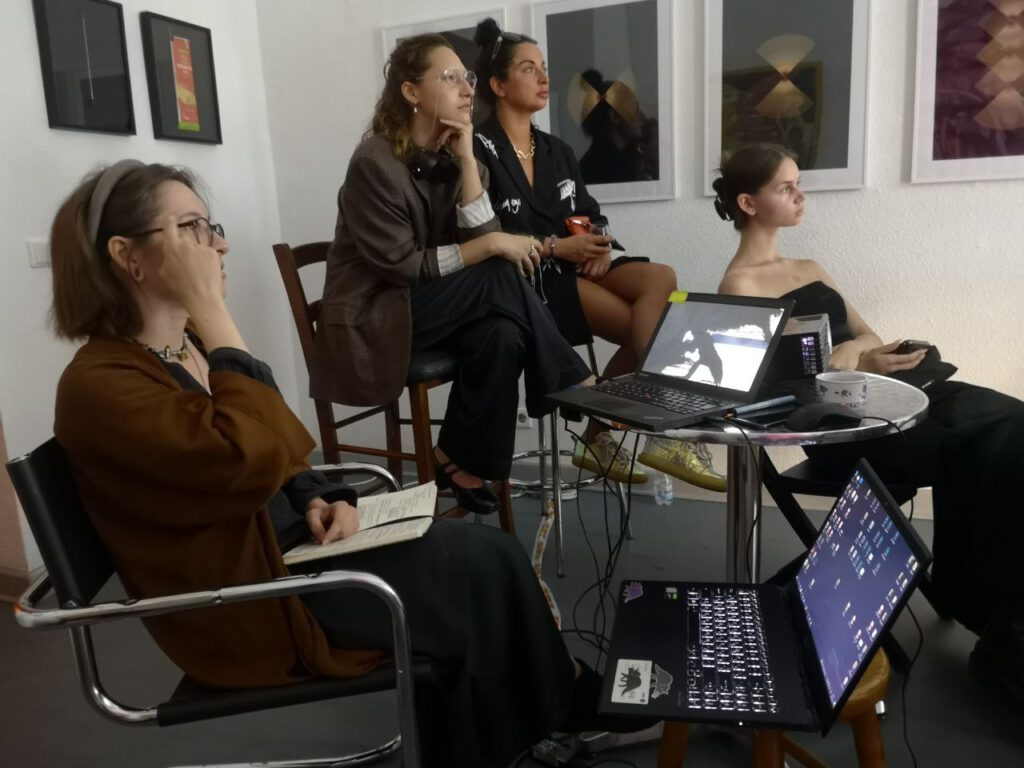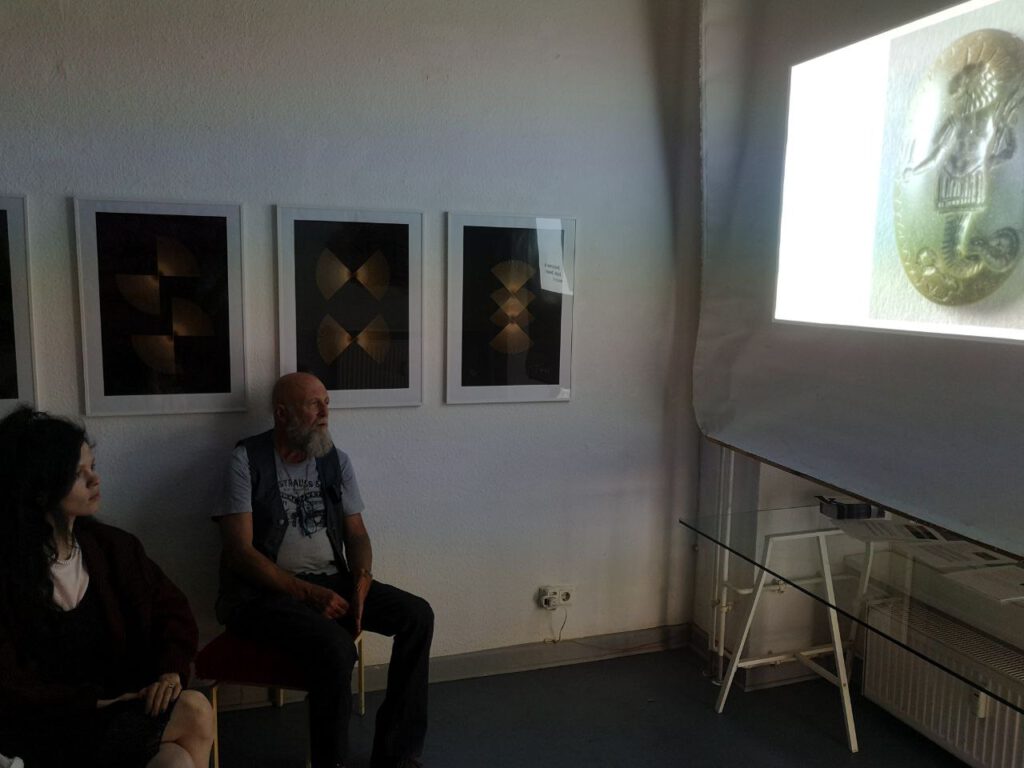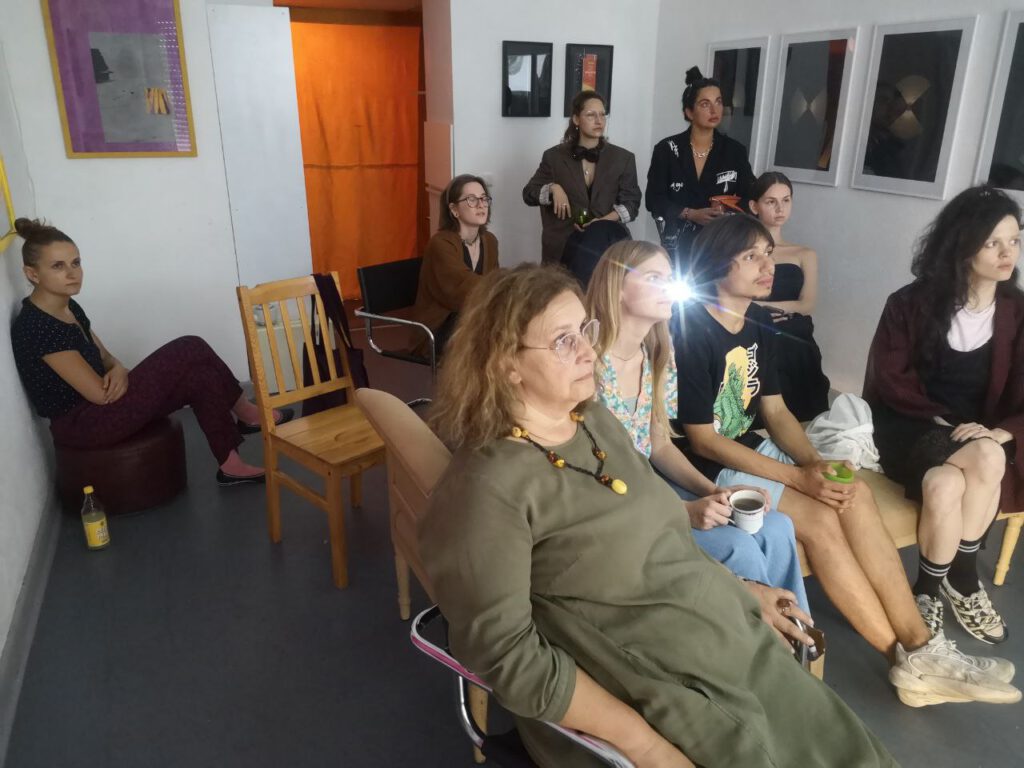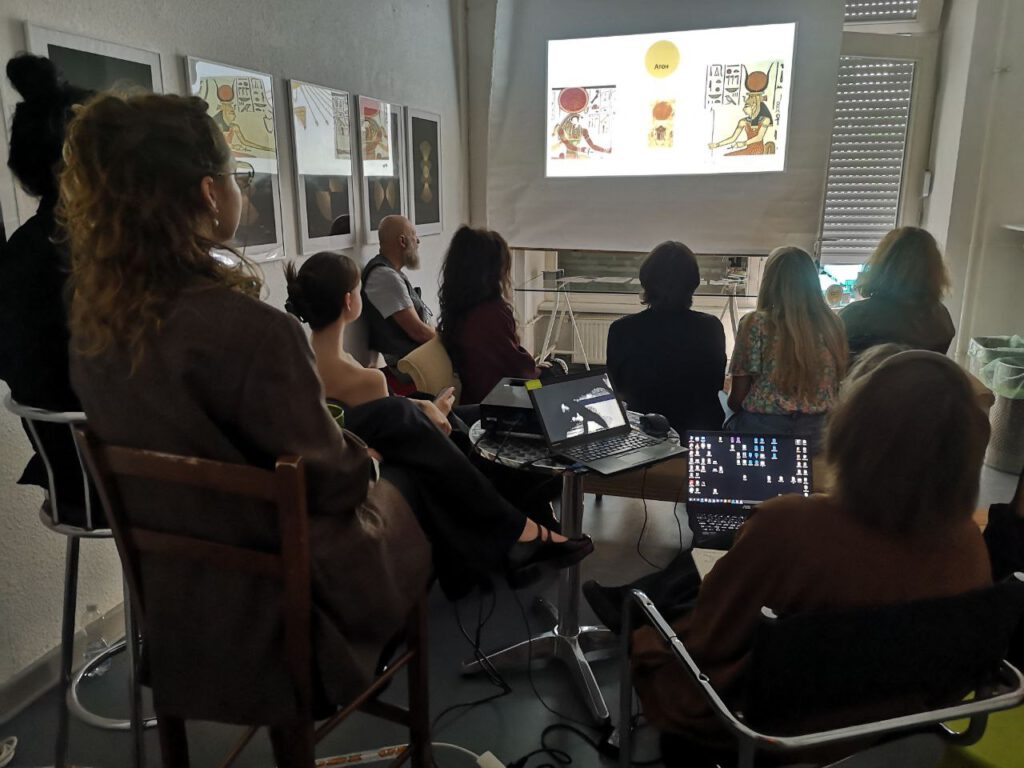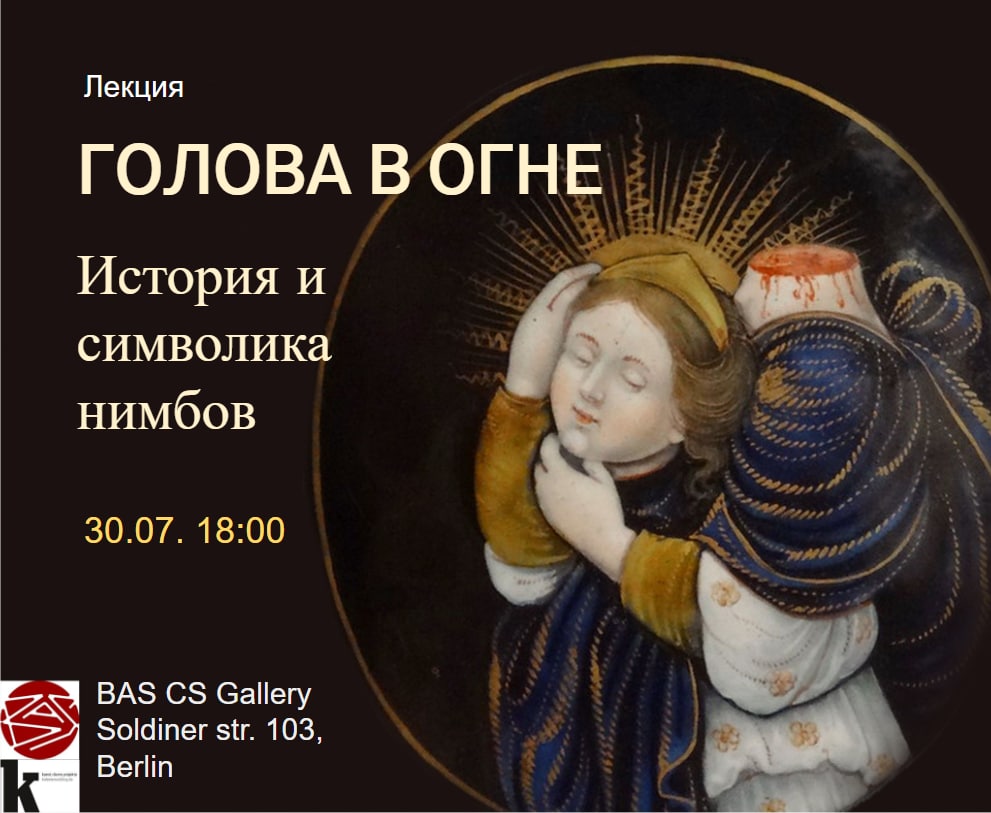Speaker
Where did halos originate? What do they tell us, what are they like?
At the lecture, Julia Katan (artist) will reveal the evolution of halos from Ancient Egypt through the Renaissance to the present day in mosaics, illustrations and paintings.
Listeners will learn why gold dust is sprinkled on their hair, how to distinguish a full-fledged saint in the hierarchy of righteousness, and why halos go to sinful scoundrels.
Synopsis
Nimbus in iconography and painting appear not only as a golden circle above the saint’s head; the symbolism of the divine light is broken with the change of eras, and the form is subject to fashion and the internal currents of religions.
It appeared for the first time as an attribute of the solar deities of Iran and Egypt, it wanders from coins to stone, and sounds in Homeric hymns, where the gods descend to earth in a cloud of radiant ether.
The nimbus is picked up by the Roman rulers to denote the radiance of their genius. Julius Caesar is identified with a shaggy star, and Nero’s „face shines with the people.“
Christianity, having turned the halo into an attribute of the all-good God and his saints, gives it a powerful ethical vector. Square halos distinguish living benefactors from those who are in eternity with a round one; a triangular halo is honored only by God the Father; the halos of saints turn into business cards – names and prayers are inscribed in their circumference.
In the Catholic world, the halo becomes a field for experiments for Renaissance artists: on the one hand, openwork wires, glass disks, on the other, weighty crowns in precious stones, strings of objects around the head of Christ or a round fireplace screen behind the Virgin Mary.
Gradually, from the twelfth century, in order to cut down popular cults, the popes of the Church arrogate to themselves the right to canonize saints. Some of the blessed have been waiting for their halo for years, others, like St. Dionysius the Martyr, are even honored with two: one around the severed head, the second over the empty neck.
And further, while Orthodoxy keeps the tradition of icon painting almost untouched, in the West the Reformation abolishes the cult of saints, churches are cleared of images. At the same time, artists strive to portray the world believable, and halos only break the illusion of reality. So in painting, halos are gradually fading away.
However, they didn’t disappear. Haloes seep into modernity under the guise of police caps and bizarre hoops on the heads of fashionistas, in a Roman style surround the tops of politicians. In the new reality, where the concept of holiness has been greatly eroded, the halo has partially turned into an accessory, but its sacred symbolism has also been preserved. At least as long as the historical memory and faith lives on.
Images for the lecture
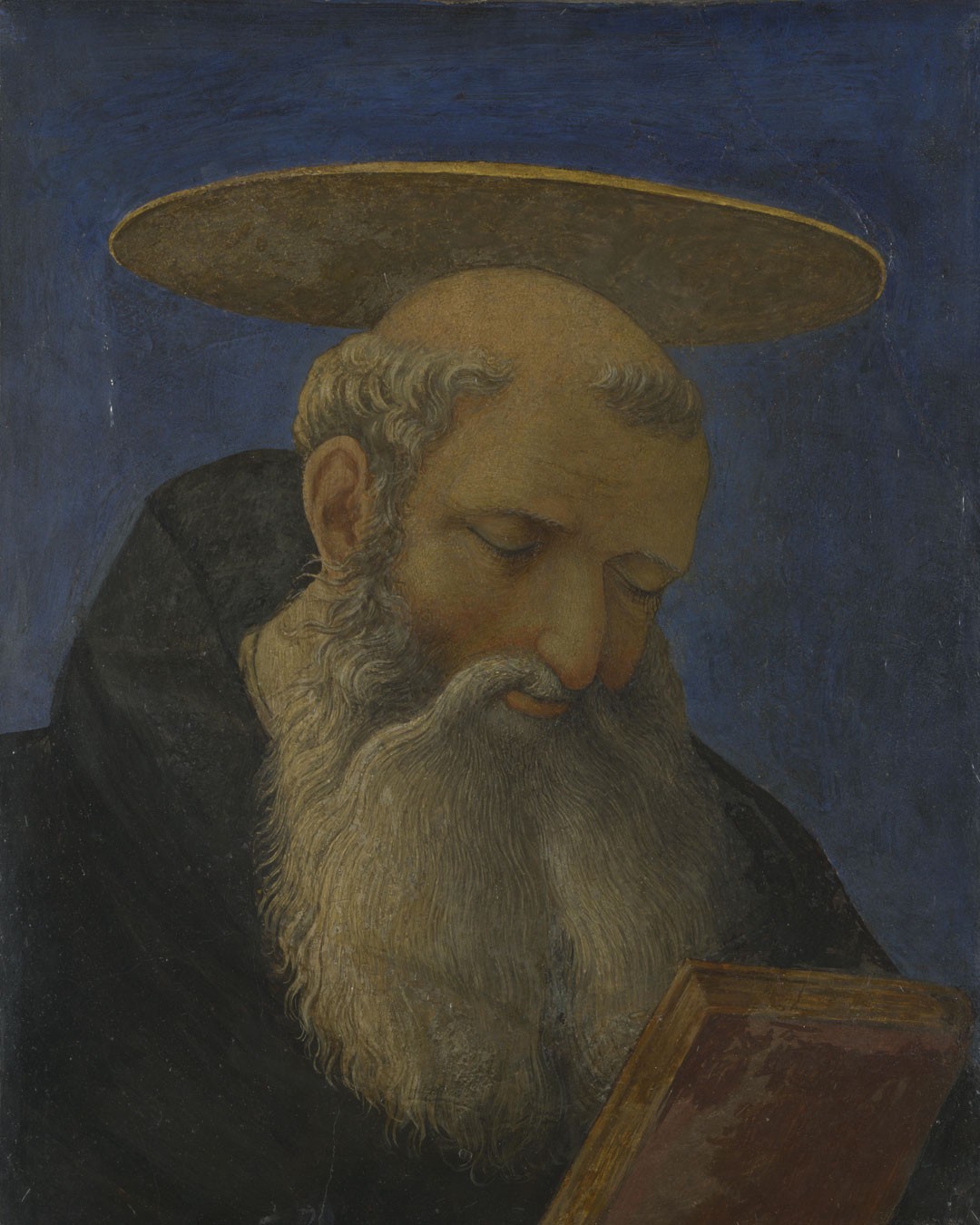




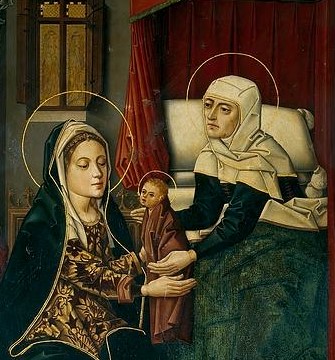


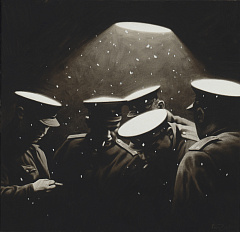
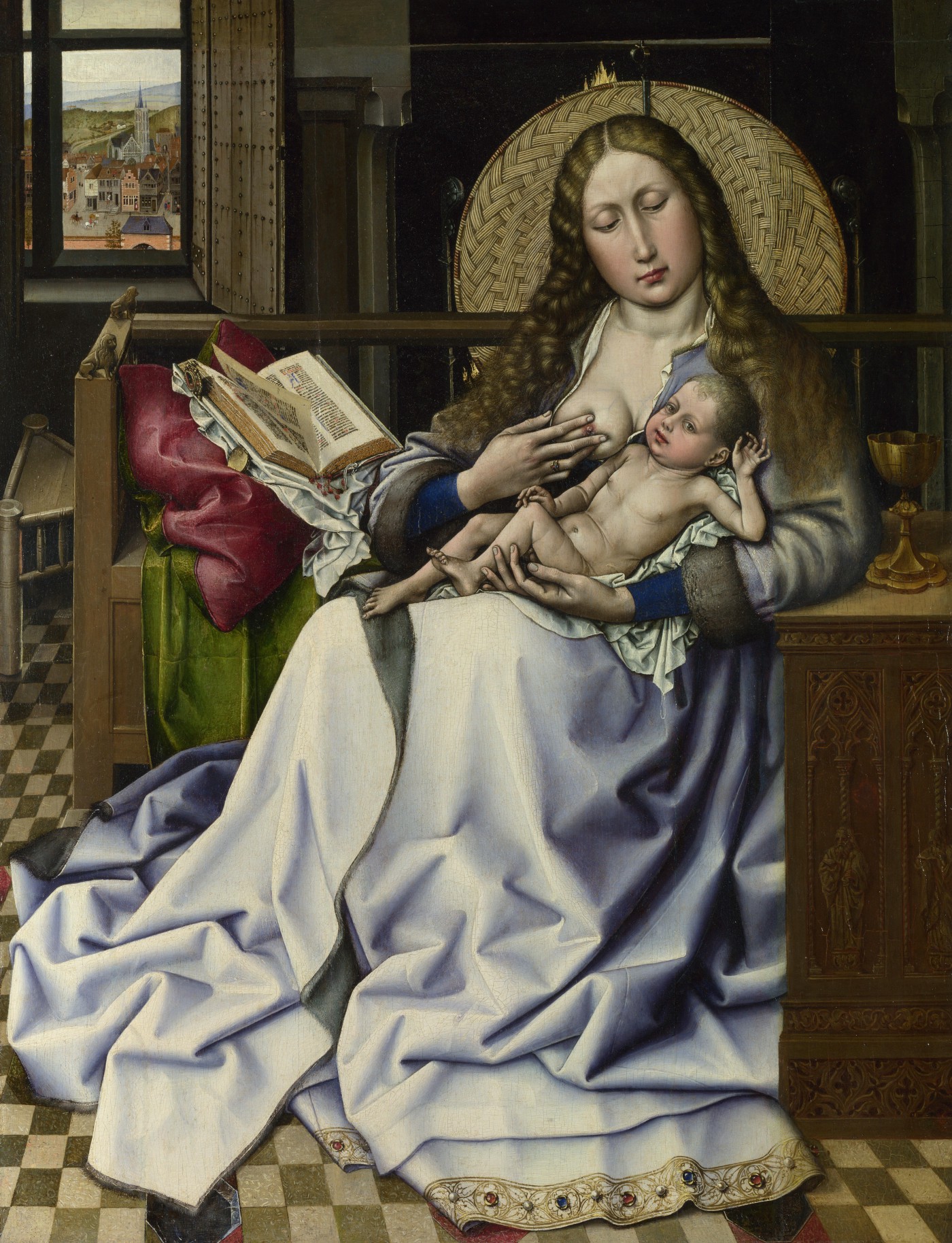

Impression
